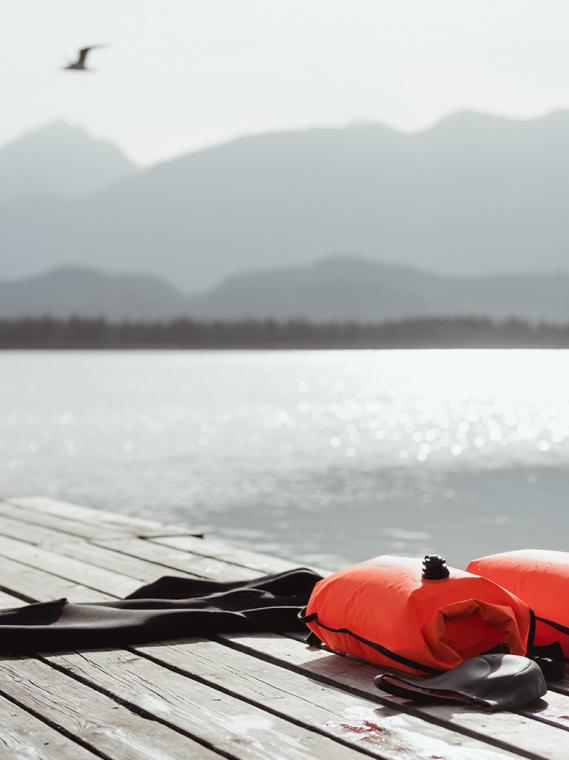
Choosing your equipment for open water swimming
Entry-level
April 12, 2021
When you are starting out in the world of open water swimming, it is totally normal to deal with doubts and questions, such as: What equipment should...
Preparing to swim in the ocean is not the same as training to swim in a pool, and it's important be fully aware of this when setting goals for yourself.
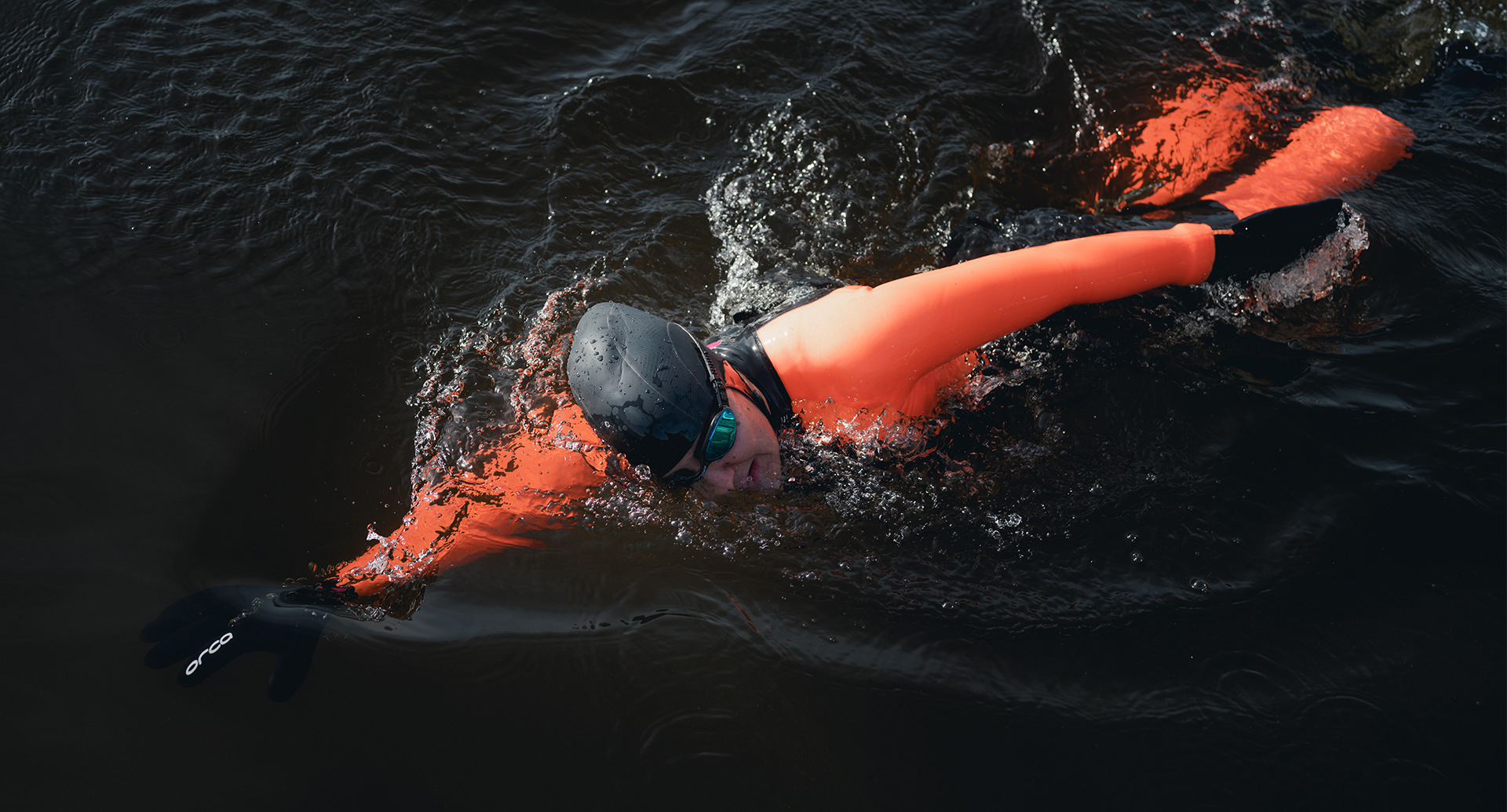
Preparing to swim in the ocean is not the same as training to swim in a pool, and it's important to be fully aware of this when setting goals for yourself. The ocean is an unstable and limitless environment. Changes of pace are common, and swimmers should always pay close attention to technique and orientation to avoid straying too far from their destination or from their adventure companions.
For these and other reasons, such as safety or just being able to enjoy the experience more, it is important to start training specifically for open water swimming. It is not as simple as going to the pool, swimming for a while without any planning, and then jumping into the ocean.
It is important to have guidance from capable experts so that you can consciously prepare and specifically work on open water swimming. Here are some pointers to keep in mind as you get started.
VOLUME
You may already have pool training under your belt, but in the ocean, it is important to start small. You should be progressively increasing your volume of swimming over time and swimming a few more meters each, so that your body can adjust to the workload. Depending on what your goals and capabilities are, you can continue to increase the number of meters or establish a weekly number that you feel comfortable with.
INTENSITY
Open water swimming is a sport of continuous changes of pace, and this isn't exactly referring to competitions... On any given day, suddenly you could run into a strong counter-current which would force you to increase the intensity of your swimming if you want to continue moving towards your goal; or you could have to put in extra effort to catch up with your partner who is inadvertently leaving you behind.
For this reason, you should avoid always training at the same pace, and you should be able to swim at various speeds and intensities within a single training session. In this sense, the quality of the meters you swim will be much more important than the quantity. A very intense training session with multiple changes of pace for 2,000 meters will be much harder and will require more recovery time than one low-intensity session of twice that distance.
TECHNIQUE
As mentioned before, the sea is an unstable environment, and any change in current or wave will force you not only to change your pace, but also to adjust your swimming technique. This is why it is so important to have a technical goal whenever you go swimming in open water. This will be fundamental in achieving improved performance.
For example, counting the cadence of your swim strokes, keeping in mind the importance of bilateral breathing or sighting to better orient yourself will be key factors in maintaining your technique and getting even more enjoyment out of your open water sessions.
OCEAN EXCURSIONS
Preparing yourself and swimming for more meters in the pool is great, but the more experience you get in the ocean, the better. Currents, waves and having to adjust your pace to your companion’s all make open water swimming a comprehensive discipline, as well as a social one. So, you will have to be able to adapt to your environment depending on these circumstances.
Training for one hour in the ocean may be equivalent to doing ninety minutes in the pool. Therefore, you should be very mindful of time and intensity, adjusting them at all times within the balance of your planning parameters.
If you cannot train in open water every day, ideally about one fourth of your total weekly training volume should be in the ocean.
PHYSICAL TRAINING OUT OF THE WATER
Not everything has to be done in the water. It is important to have one or two days a week to dedicate to strengthening your overall musculature, in order to gain strength and prevent injury.
In these sessions, you should dedicate a specific workout to your "core" (the muscle area surrounding your body's center of gravity) and to strengthening the external and internal rotators in your shoulders.
If you are interested in improving your swimming technique with out-of-water exercises, here is our 4-day training plan. And if you prefer to work on your core with yoga exercises, we encourage you to discover here a yoga session for swimmers.
Following this general advice, always under professional supervision and modifying to your own abilities, will undoubtedly help you improve your open water swimming and allow you to enjoy the sport you are so passionate about even more, if that's possible.
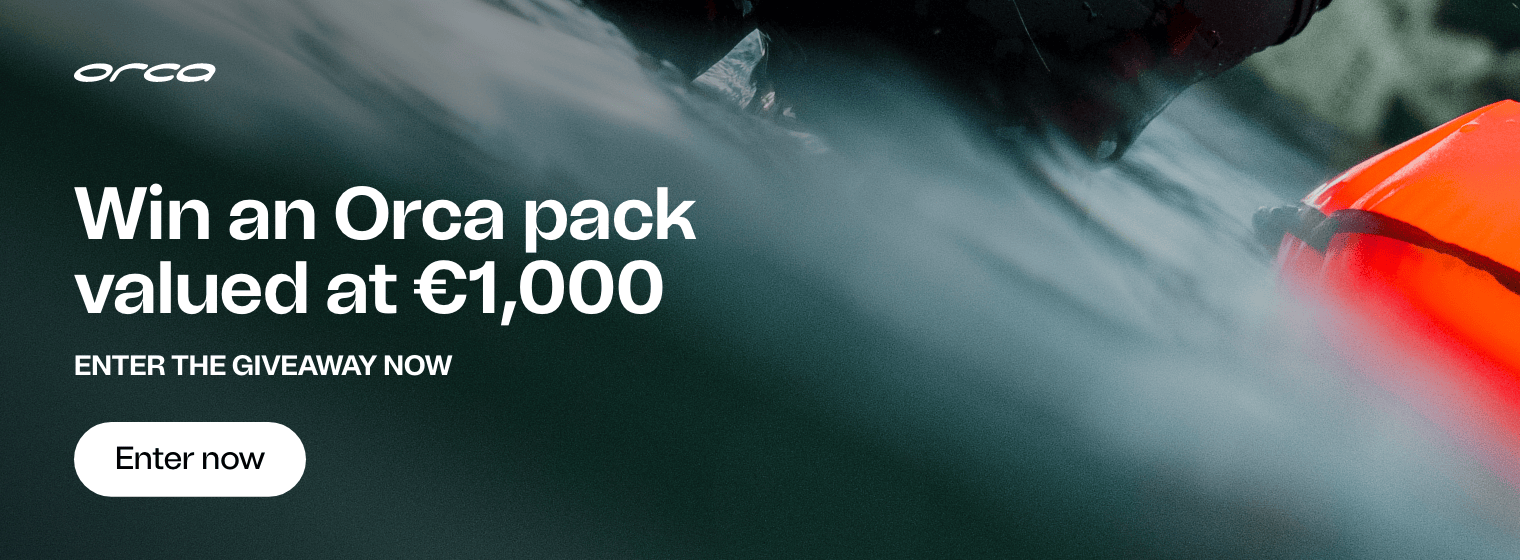

April 12, 2021
When you are starting out in the world of open water swimming, it is totally normal to deal with doubts and questions, such as: What equipment should...
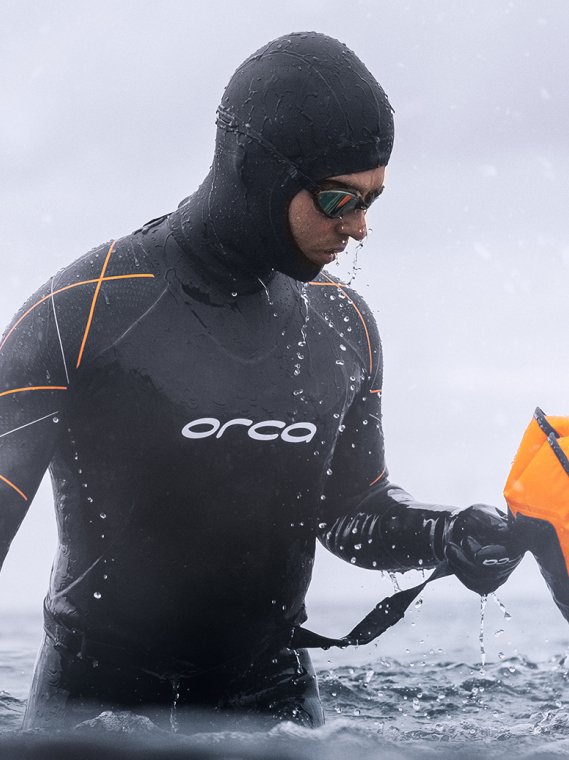
March 15, 2021
Orca is launching its new range of products for this 2021 season with great new developments in the Open Water range, in particular the incorporation...
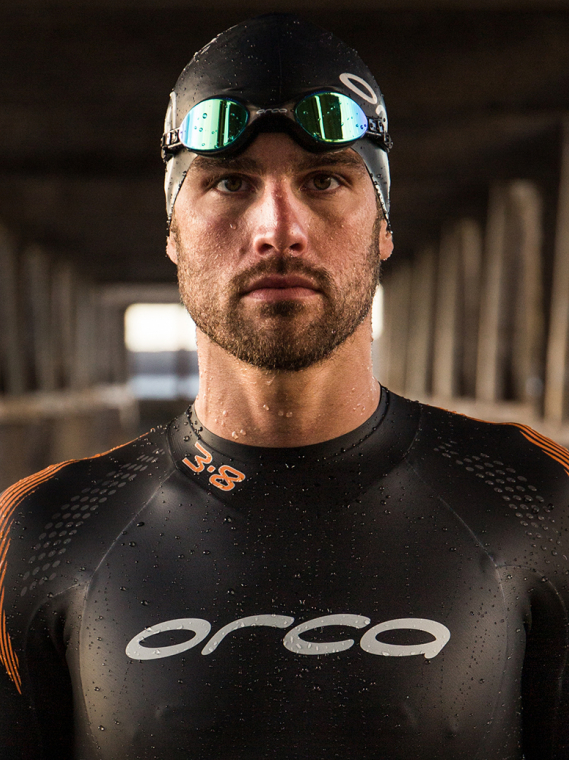
July 3, 2018
In the video below, Chris Leiferman shares several pointers for making sure your wetsuit fits your body as well as possible, how important it is not t...